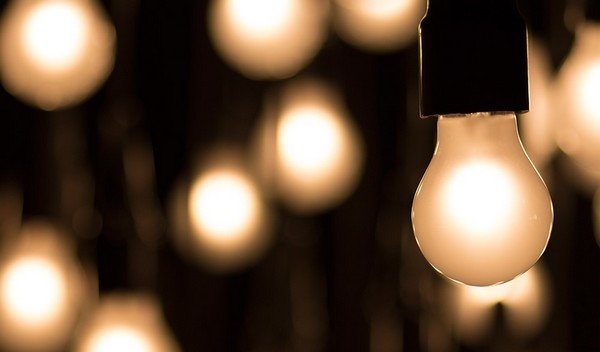“I’m interested to know what happens when festivals have groups [of people] and what happens when they interact with each other. In a normal gallery context, people don’t normally interact with each other [and] I think it’s one of the reasons why I’m attracted to doing art in festivals, because of social engagement. I think that’s really interesting,” confesses the lighting designer, explaining how socially-engaged art is “like people in art without objects”. It’s a lot more nuanced than that; which presents the question: what is socially-engaged art?
Socially-engaged art is the open dialogue between an artist and consumer that occurs during exhibitions that encourage viewer participation. It’s an investigation of what constitutes as art, how it’s created and how it’s consumed, and how much of art is dictated by the public and by the creator. Because of this, socially-engaged art becomes a nexus of many art mediums, including digital art, installation, visual and sensory art. James lists exhibition Cross-reference, 35:27:02N/139:39:36E as a personal inspiration for socially-engaged art.
Cross-reference was a collaboration between Australian artists Shaun Gladwell and Craig Walsh. Held in a warehouse art gallery, the exhibition presented moving images of people in Yamashita Park peering down into the gallery through a viewing box within the Japanese park. This exhibition blurred boundaries between preconceived social contexts of how art was created – the audience were the exhibition and viewers, and the park-goers were both the exhibition and consumers too, and because of this, the artwork became ephemeral, not an ever-lasting production as many people believe art to be.
“[It’s] a really weird engagement because it messes with the scale of people’s engagement with each other, it’s like a video-conference-scaled work [and] I’m inspired by that,” says James. “It was really cool.”
“A few years ago I was at an exhibition called Touchy Feely (2012)that was about socially-engaged art and there were a series of forums and talks.” The exhibition and talk series was curated by socially-engaged art creator Amy Spiers (Waited Until Called, Nothing to See Here) and Tasmanian artist Pip Stafford. “We spent quite a few days talking through that and I was a bit of a devil’s advocate because Touchy Feely was all about nice socially-engaged art and I was saying a lot of my stuff wasn’t very nice. I would use it to experiment on people [in ways] that’s not normally allowed because it’s under the guise of art and you can do things like that.”
These experiments have included Motel Dreaming, a Dark MOFO horror production that saw attendees peregrinate through a 1950s decrepit motel installation and create their own nightmarish stories over dinner and drinks. These tales ultimately contributed to the horror of the artwork, imbuing it with more terror for future attendees.
James also collaborated with Felicity Horsley for Valley of the Shadow of Death (2013), a spatial work that retold the stories from Cascades Female Factory in Hobart through lighting and sound design, and physical theatre. Again, the work was socially-engaged, and the community was encouraged to participate with their own stories which would be added subtly to the protracted exhibition, injecting the art space with emotional stories of heartache, triumph and lesbian romances gone awry.
This fascination with socially-engaged art becoming a platform of emotional dialogue translates to Angry Electrons. Attendees are encouraged to participate by simply moving about the room, where 1,000 lights will react to their movement. Depending on the speed of their motions, the globes will alight in quick succession or slow patterns in an attempt to capture the true anarchy of electrons; this photo sensory experience will, no doubt, elicit various emotional reactions within viewers.
The process of programming such an installation is no small feat. James has spent at least one week rigging the heritage building room for the work and we spoke in April.
“It’s gonna take me a day to clean out the space and about a thousand hours to rig the lights and two weeks to do the programming of the [light] animation,” explains the lighting designer. “I’m starting early because I know that things that tend to get cut into happen to be the programming time, and that’s the most important part – making it seem organic. Some [lights] just don’t stop and they overshoot a bit and then come back. So, all those little moments of things take a long time.”
BY AVRILLE BYLOK-COLLARD

